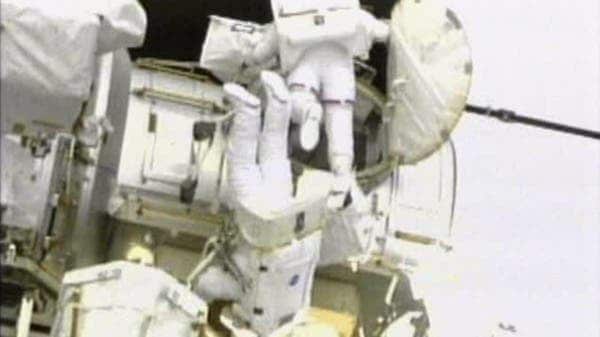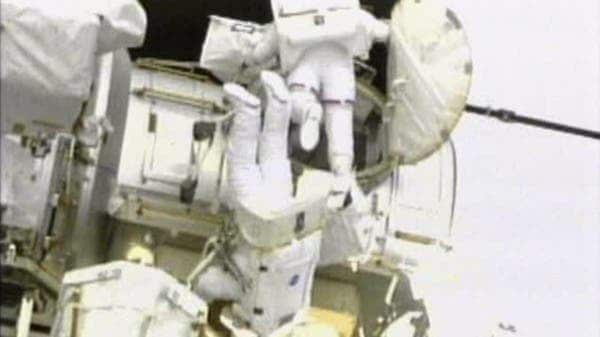
This Wednesday morning, Andrew Feustel and Mike Fincke floated out on a spectacular 6 hour long spacewalk outside the International Space Station – the third spacewalk since Endeavour launched into space for its last mission before retirement.
“It’s great to be back outside. It’s the most beautiful planet in the universe,” said Fincke as he gazed down on Earth. “Nice view, isn’t it?” chipped in Feustel.
For this third jump, the two veteran astronauts completed a number of important tasks, including hooking up cables to provide increased power redundancy to the orbiting outpost’s Russian segment. The two also made an upgrade to the Zarya module, after they installed a power and data grapple fixture, which will “allow the station’s robotic arm to ‘walk’ to the Russian segment, extending its reach by using that grapple fixture as a base”.
Around this part of the mission, however, something really strange happened – strange to the point that the astronauts nearly had to go back to base and cancel their spacewalk. Apparently, something got in Feustel’s eye and made it sting “like crazy”.
“Just as an FYI, my right eye is stinging like crazy right now. It’s watering a lot. Must have gotten something” in it, Feustel said.
“Sorry, buddy,” Fincke replied.
Eventually, Feustel managed to rub his eye against a strap in his helmet and said that helped, and the spacewalk continued as planned. What’s to learn from all this? Astronauts are unable to cry properly because there is no gravity and tears cannot flow properly as they would on Earth. It is possible to produce tears in space – but they would leave the eye and float around. Funny, isn’t it?
You can read the latest news from Endeavour from NASA’s official page, including the obligatory spacewalk stats:
This was the third of the four STS-134 spacewalks, for a mission total of 21 hours, 20 minutes. It was the 247th spacewalk conducted by US astronauts, the 117th from space station airlocks, and the 158th in support of space station assembly and maintenance, totaling 995 hours, 13 min. If all goes as planned, the 1,000th hour of space station assembly and maintenance will be logged Friday.









